|
Peripheral Vascular Disease (PVD) & Lifestyle
Foot Condition of the Week: Corns
Corns and calluses are annoying and sometimes painful thickenings that form in the skin in areas of excessive pressure. Corns are often painful, even when they are small. Corns can be found on the tops of the toes and between toes. Common locations for calluses are on the sole of the foot, over the metatarsal arch or "ball" of the foot. Corns can be treated with non-medicated pads or surgery. Ontario’s registered Podiatrists are specially trained to treat this and other foot conditions. |
Stop Smoking Smoking is one of the most important risk factors for PVD. Chemicals in cigarettes damage the structure and function of the blood vessels affecting the heart and increasing the risks for atherosclerosis. Experts recommend to quit smoking completely since it has been demonstrated that patients with PVD who continue the use of cigarettes have lower chances of successful treatment. It is hard to quit this habit, but is not impossible. Talk to your doctor for cigarette alternatives and treatments for quitting.
Keeping a healthy diet, low in fats, will help to reduce inflammation of the blood vessels allowing better circulation and slowing the process of atherosclerosis. A healthy diet will help to achieve and maintain a healthy body weight. Obesity is one of the factors that increase the risk of developing PVD.
According to the Mayo Clinic, the success of the PVD treatment is often measured by how far a patient can walk without pain. Exercising regularly will strengthen the muscles and will help use oxygen in the blood system more efficiently. Walking reduces leg pain and cramps.
Patients with PVD agree that cold worsens the symptoms, specially in feet and legs. Winter is just around the corner and it is recommended to wear proper winter shoes to keep your feet warm and dry to avoid pain. |
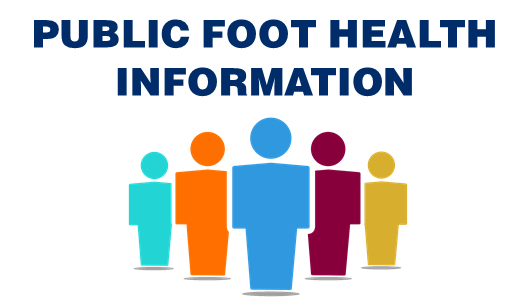

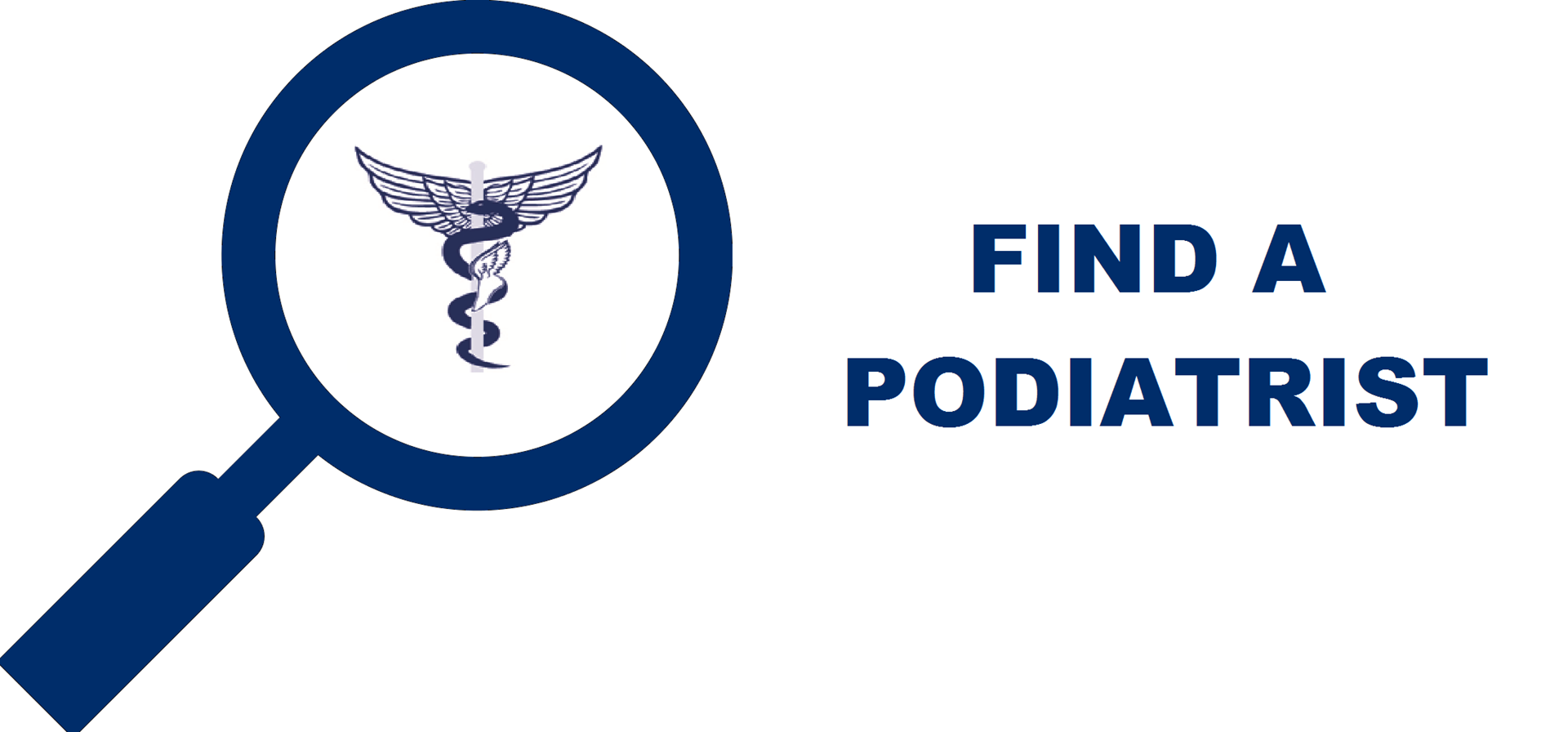
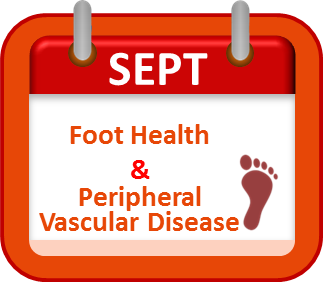
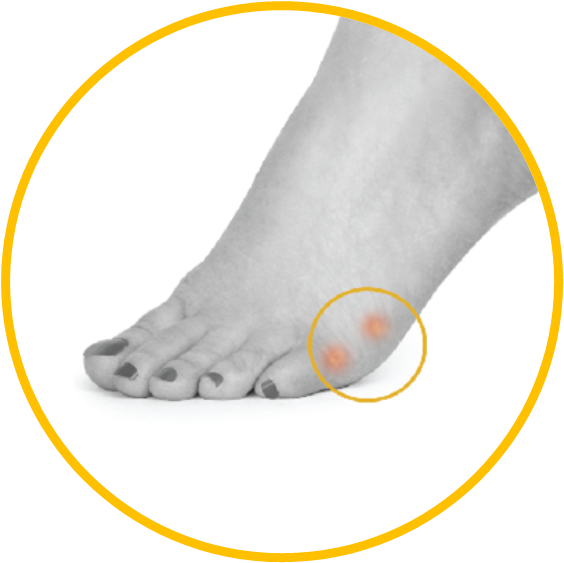 In the presence of PVD, corns and other foot conditions can become more serious. Because PVD inhibits blood flow, healing is compromised. This may lead to tissue damage or even tissue death, which increases the risk of amputation.
In the presence of PVD, corns and other foot conditions can become more serious. Because PVD inhibits blood flow, healing is compromised. This may lead to tissue damage or even tissue death, which increases the risk of amputation.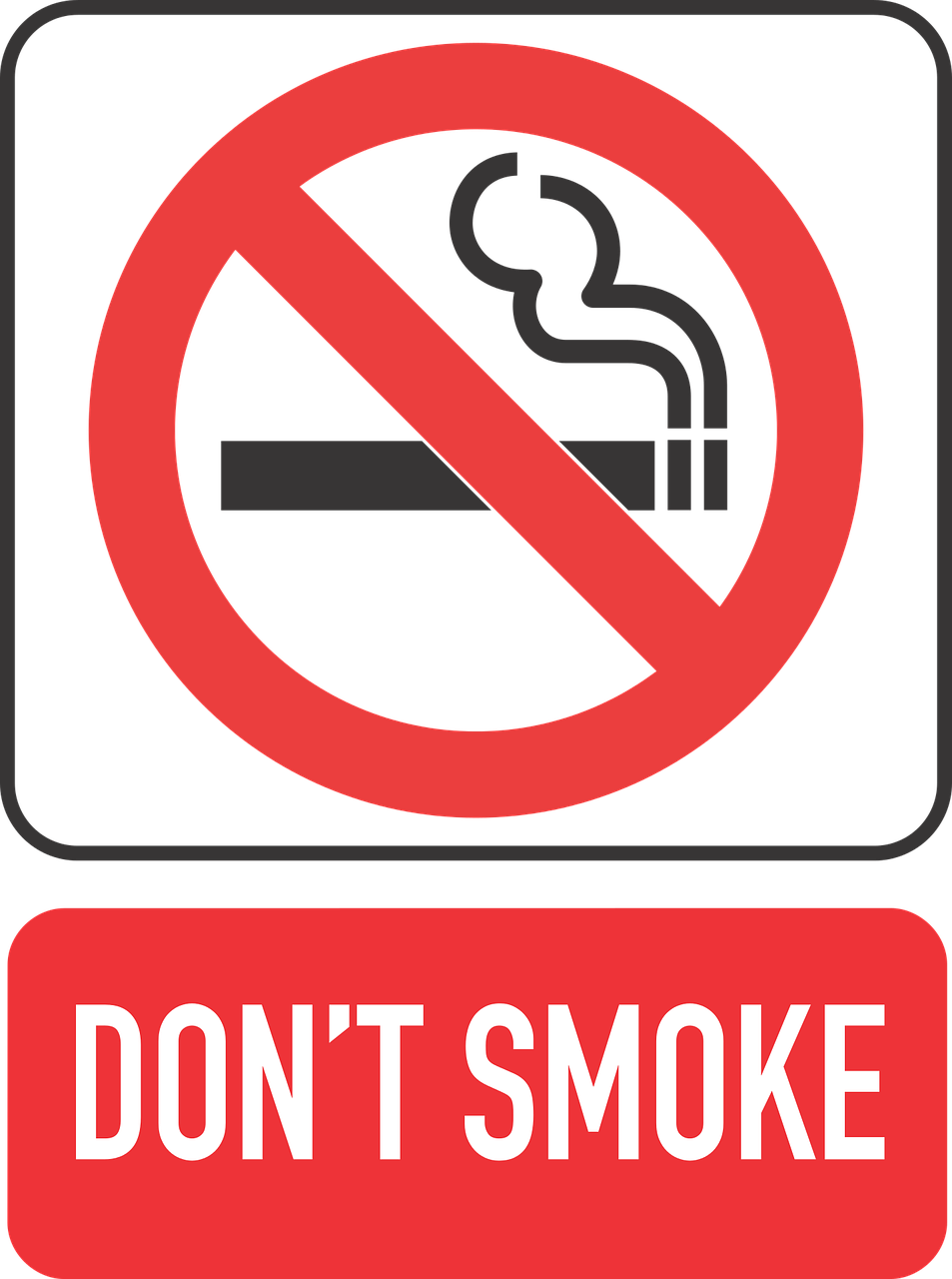
 Healthy Diet
Healthy Diet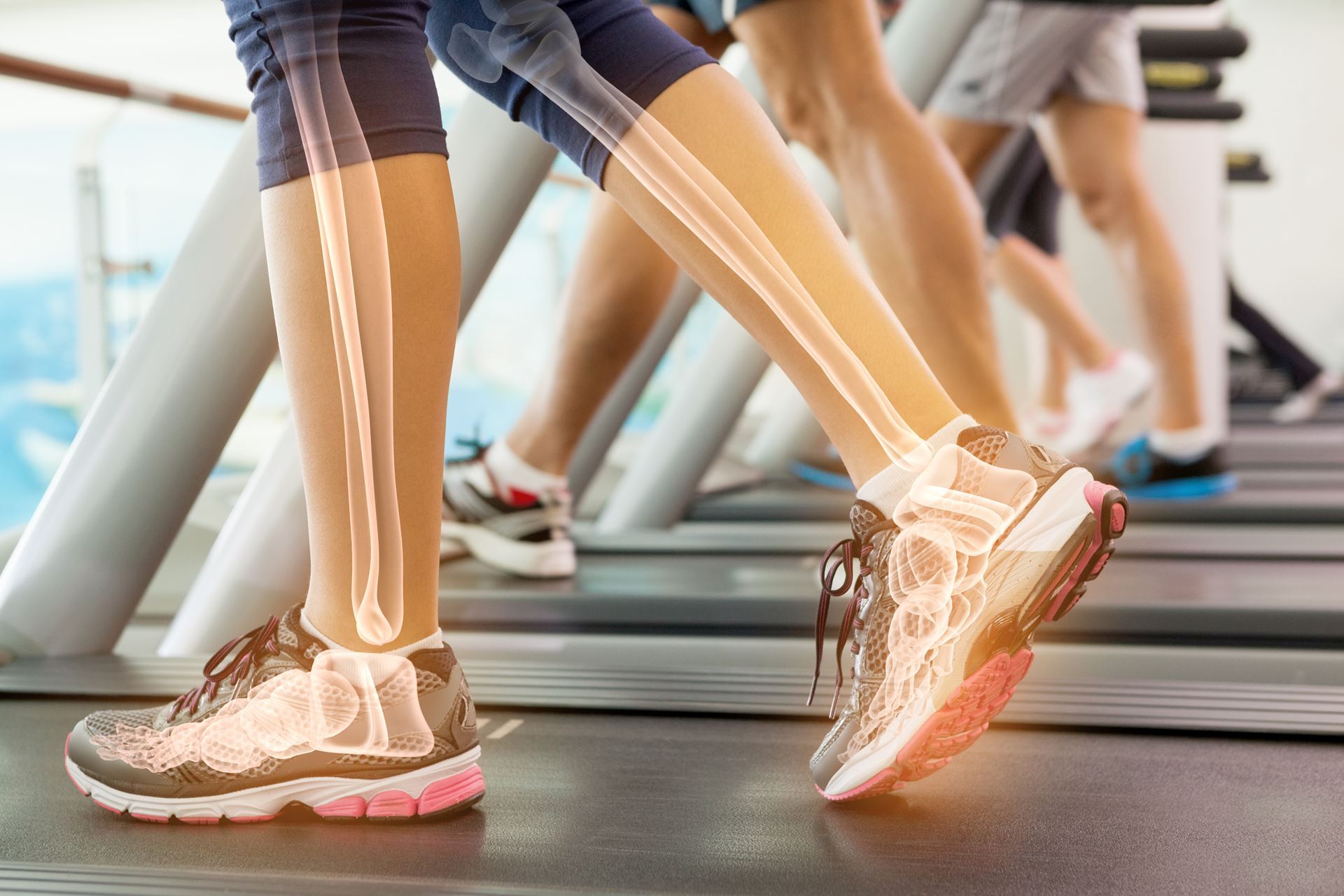 Exercise
Exercise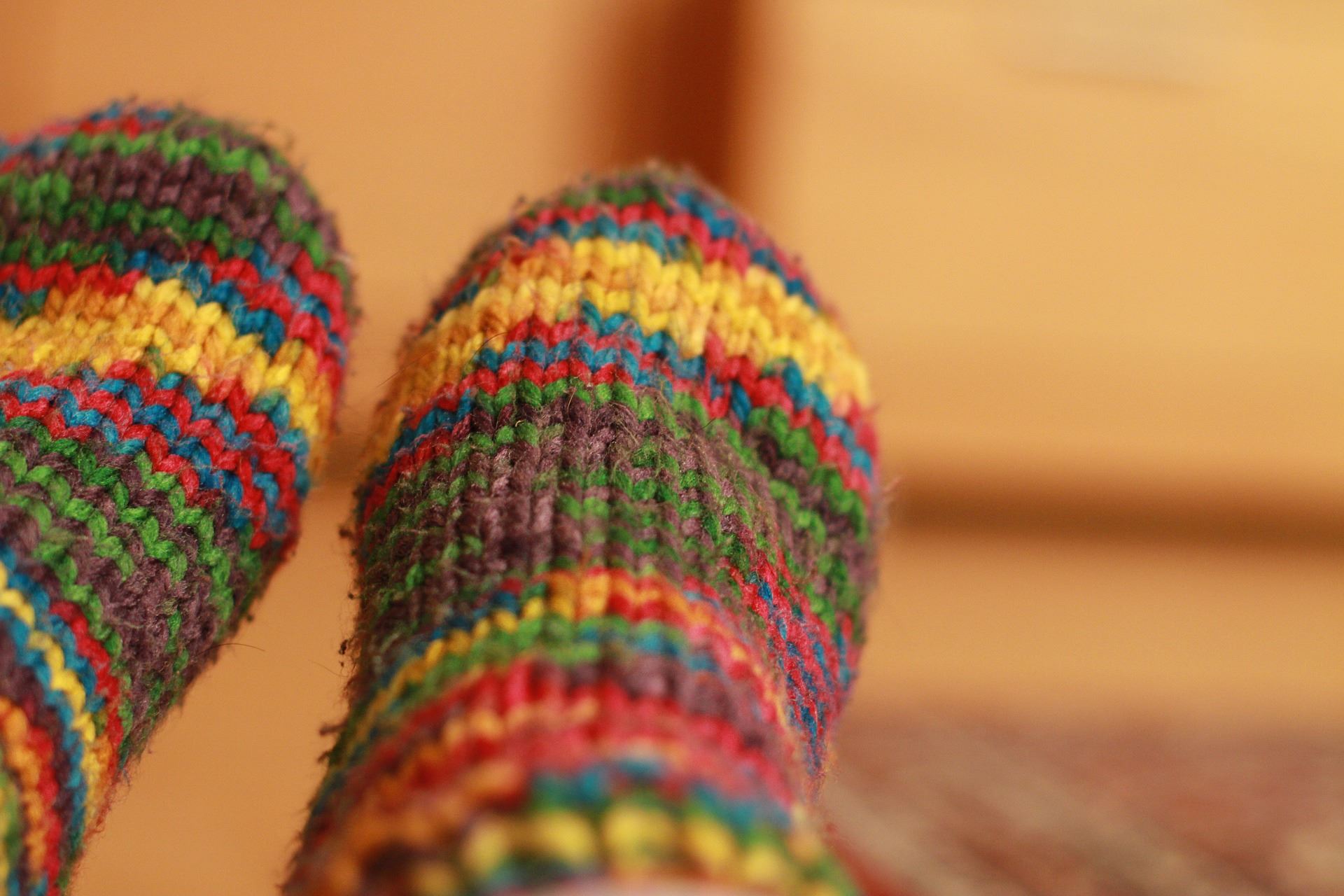 Keep your Feet & Legs Warm
Keep your Feet & Legs Warm